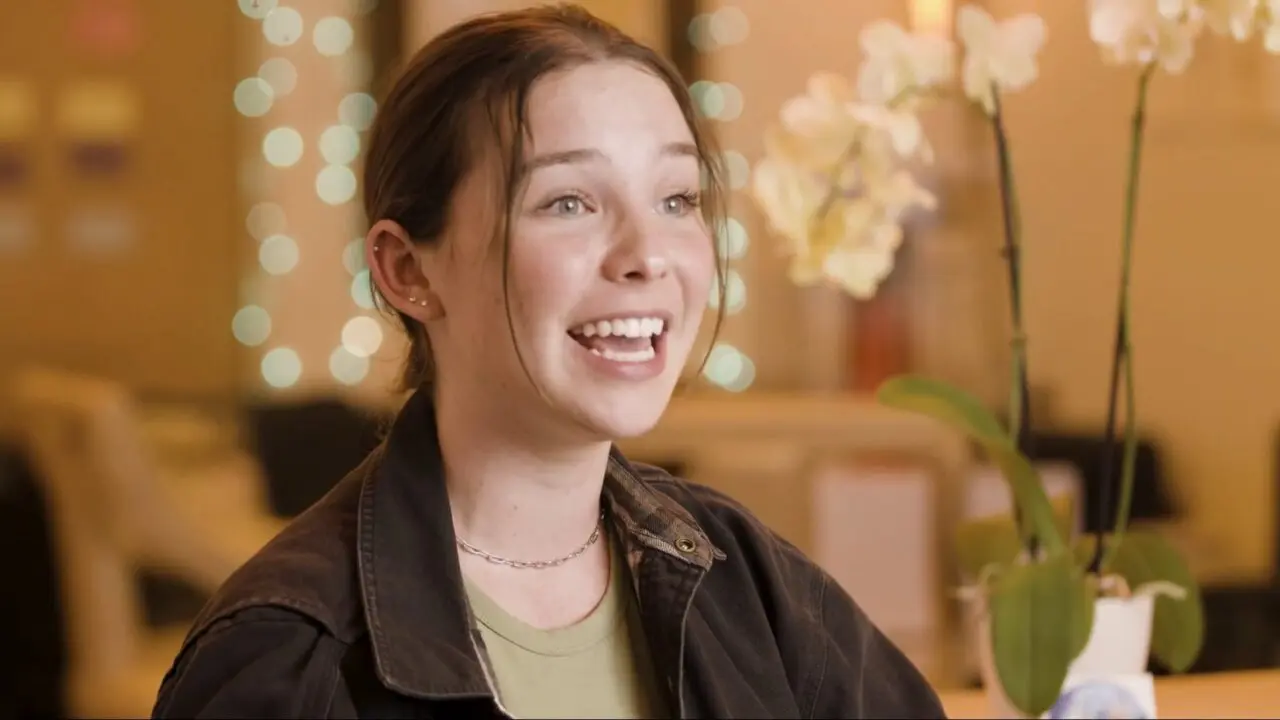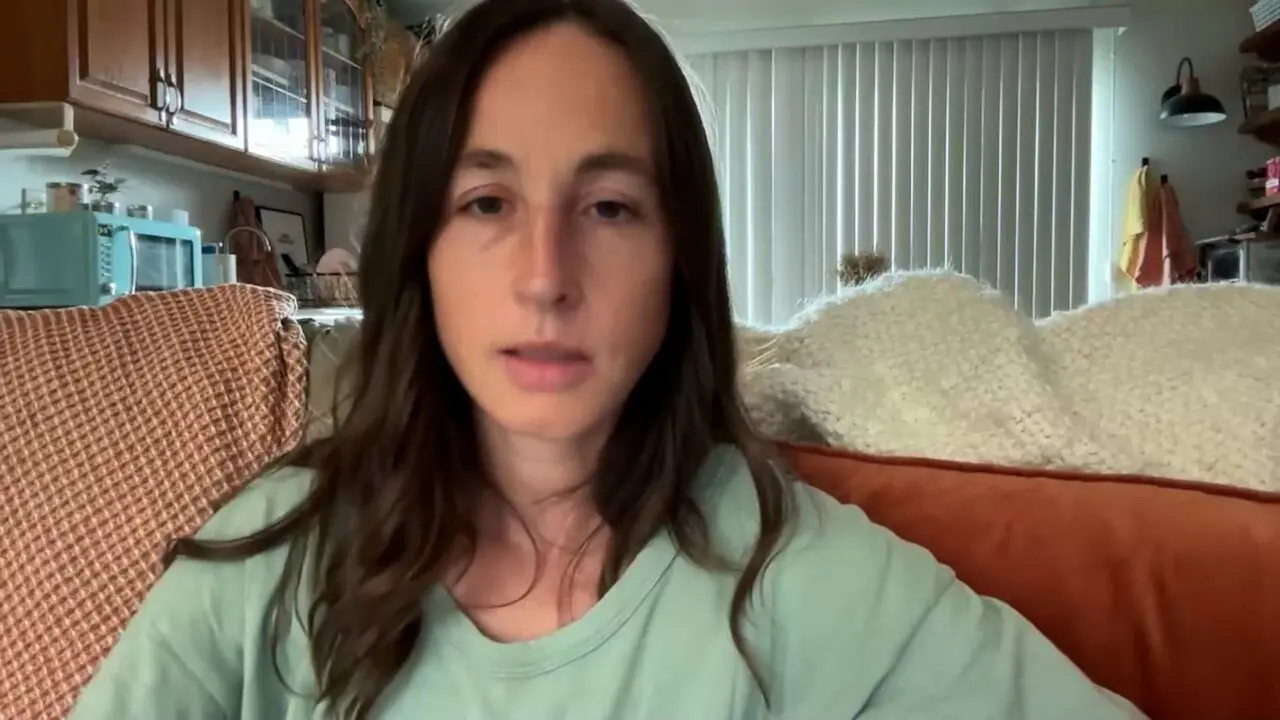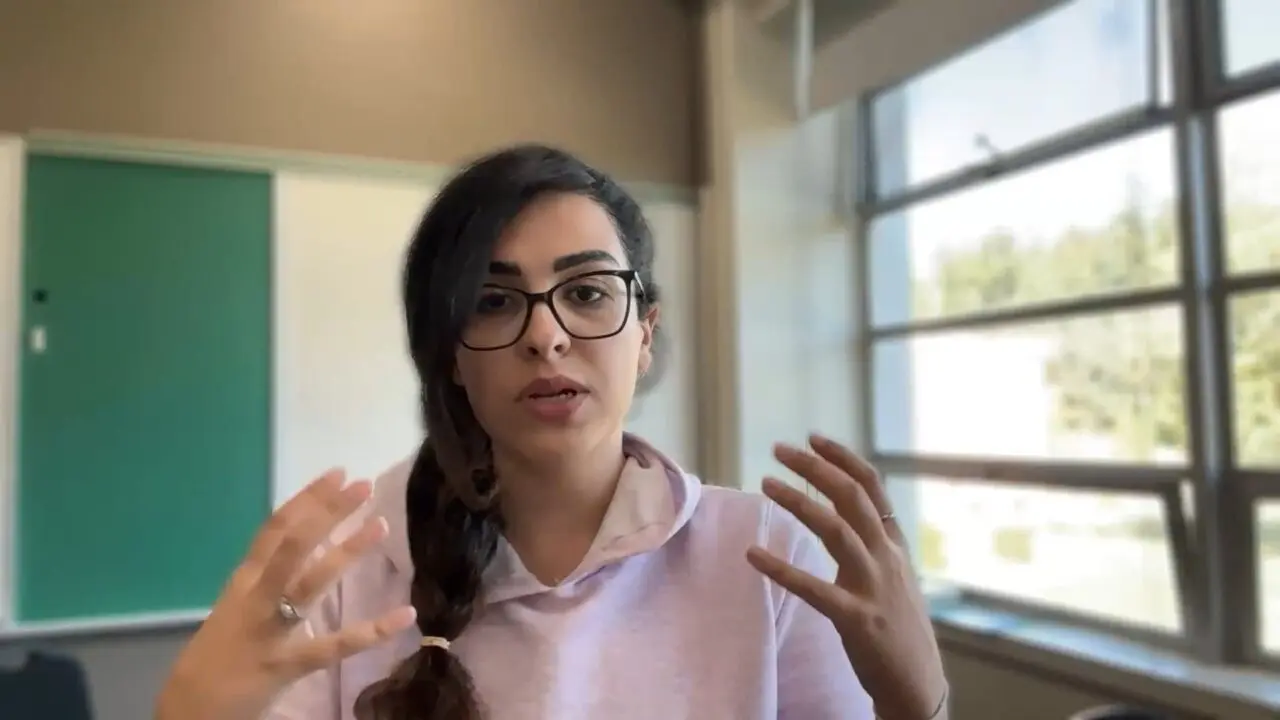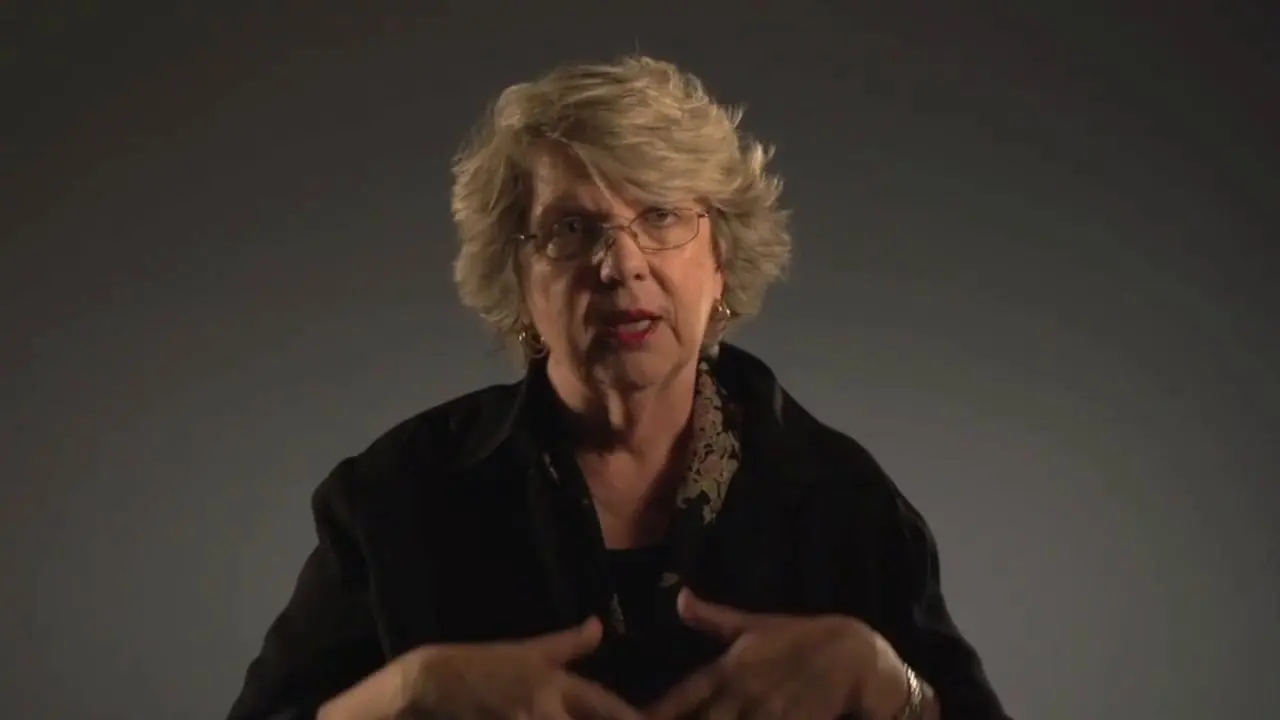Paced Breathing
Paced Breathing is a special type of deep breathing that helps you calm down and regulate your nervous system.
Stories

You know, I don’t want to die. I just wanna stop feeling what I’m feeling. Doing those cold water and paced breathing as grounding was super helpful.

I lied down on the ground next to my kid, I started taking some deep breaths.

When I get really anxious, and have anxiety attacks, I have a hard time breathing.

I use the skill...but also witnessing it work so powerfully in someone else...inspired me to do it more myself.

Have you ever experienced so much anger that your stomach tightens up? That pain for me is just so overwhelming.
Community Tips
I have to start with a really short count, like 2 count in and 4 count out. I don’t pressure myself, but eventually I’ll start to add a second to each count.
When I’m emotionally in the red, there’s something about paced breathing that makes it seem really impossible to do. Now, I’ve started anticipating the thought that it’s too hard. When that thought comes, I just open up my Breathwork app and listen to it. Eventually I start breathing along with it.
I got this CerealforDinner.org care kit that includes a mini‑straw. I use that straw to do Paced Breathing when I’m starting to panic. Sounds weird, but works for me. Now I have a straw in my purse and next to my bed. [Cereal website currently under revision]
When I’m freaking out, watching a clock makes it easier to focus on breathing. My therapist taught me to breathe in for 4 seconds and out for 6, so each breath is 10 seconds. The even numbers feel nice, and it’s easier to make myself do it when I tell myself I only have to do it for one minute. I usually end up doing it longer though, since it usually works. When it doesn’t work I use something like cold water instead.
I don’t really follow a set pace when I’m panicking. At least at the beginning. I just try to make my exhale as long as possible, and that can help.
Sometimes I treat it like a game. Like, how slow can I go? Can I beat my record? Or, can I really get all of the air out of my lungs before I breathe in? It makes it more distracting.
I have been really struggling with panic and overwhelming emotions and my therapist told me that ‘everything can be fixed by your breath.’ It made me super mad; it seemed really invalidating and also impossible. When I opened up to practicing with her, I started to feel a little less scared of the feelings and a little more safe in my body. Breathing like this helps me remember that my body knows what to do if I give it the chance, and it’s starting to feel really comforting.
Why Use this Skill
When you’re anxious or upset, your body’s stress response kicks in, which can make you feel super agitated. Paced Breathing is designed to work with your nervous system, helping you feel calmer and more grounded. Practicing paced breathing regularly can help decrease your overall stress levels.
When to Use This Skill
Use Paced Breathing when:
- You’re anxious, stressed, or upset about something right now.
- You struggle with chronic anxiety, stress, or burnout.
- You want to improve your overall physical and emotional health.

Overview Video
MarshaHow to Use This Skill
While many types of deep breathing can help you feel more calm or grounded, the DBT skill of Paced Breathing is a specific way of breathing, designed to deactivate your body’s stress response and activate your relaxation response.
To practice Paced Breathing, keep three things in mind:
- Deep breaths. You want to breathe deeply, “into your belly.” Try placing your hand on your stomach, around your belly button, and try to breathe into your hand. You can even watch your hand as you breathe—you may be able to see your hand move up and down as you breathe in and out!
- Long exhales. Take your time when you breathe out. Focus on making your exhales longer than your inhales. This technique particularly helps your heart rate slow down.
- In your nose, out your mouth. Inhale through your nose and exhale through your mouth. It may help you breathe more slowly and deeply. Try breathing out with pursed lips, like you’re whistling.
In the most perfect practice of the skill, you’ll breathe at a steady rate. Try breathing in for 5 seconds, and then breathing out for 7 seconds. If that feels too difficult or just wrong for your body, choose any pace that feels good for you—just make sure your exhale is longer than your inhale!
Resources
TIP Skills: Reduce Extreme Emotions Quickly
Brief animated describing the “TIPP” skills from DBT, by DBT‑RU YouTube channel
Calm Down with Paced Breathing
Video of how to practice this skill, from Dr. Kiki Fehling
Related Skills
Pleasant Events
Do things that feel good.
PLEASES
Take care of your body to take care of your mind.
Self‑Soothing
Nurture yourself with physical comfort and pleasure.
Self‑Encouragement
Cheerlead yourself.